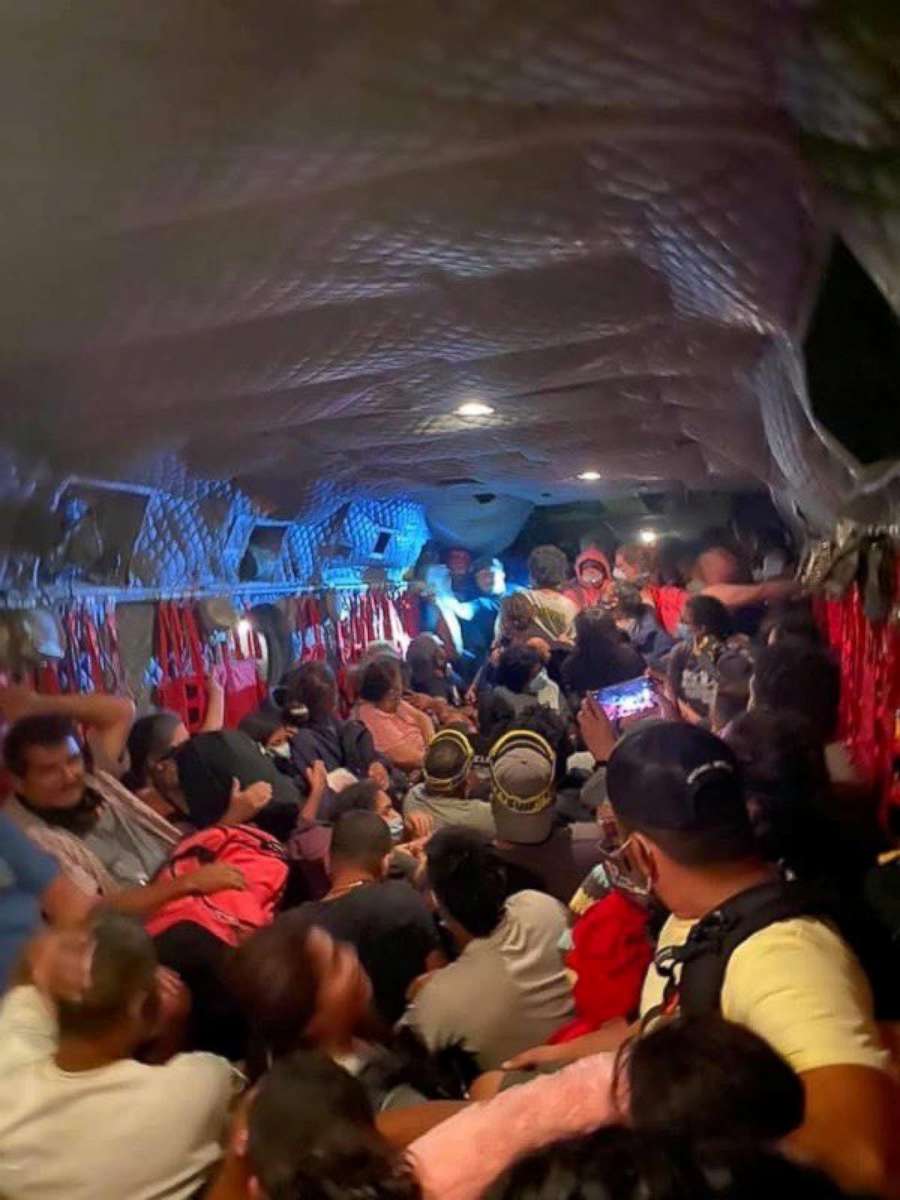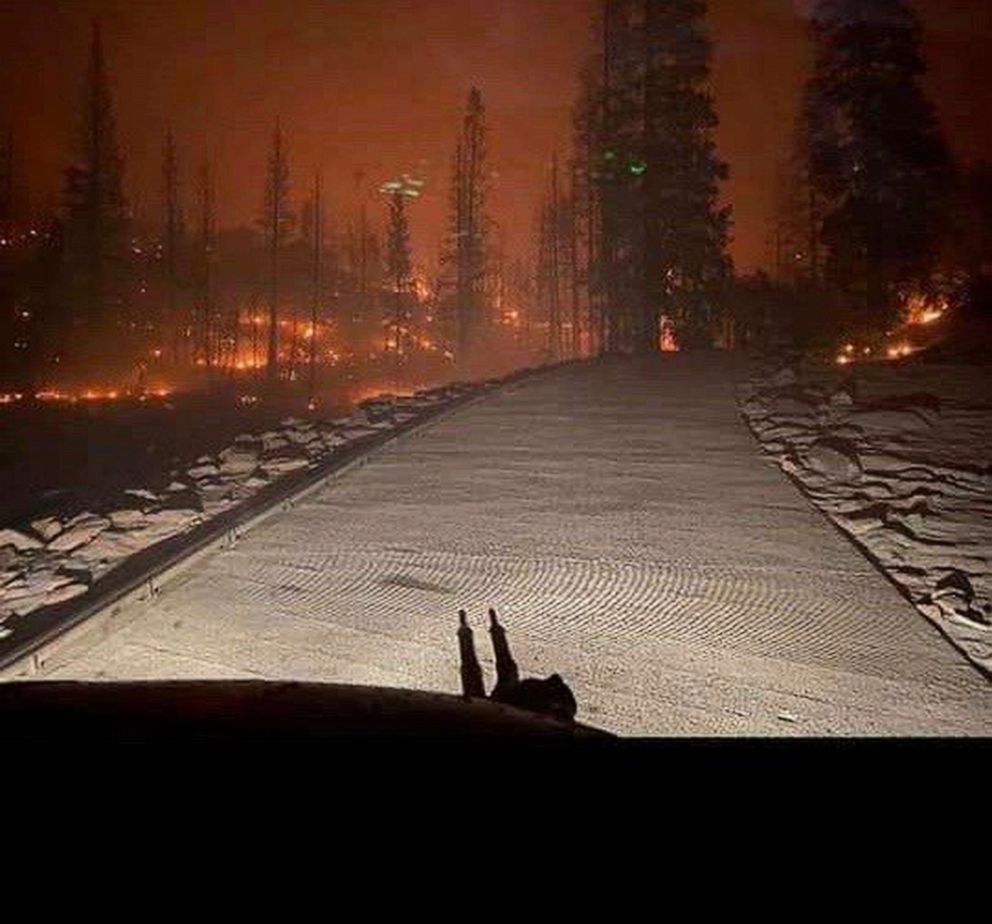Inside the daring helicopter flights that rescued 200 from a California fire
National Guard pilots said it was the most dangerous flights of their careers.
The California National Guard helicopter crews that rescued more than 200 people from a fast-approaching forest fire this weekend have labeled the daring flights as the most dangerous of their careers.
A CH-47 Chinook helicopter and a UH-60 Black Hawk helicopter flew through a valley of intense smoke and embers to get to the dock where the frightened lakeside campers had gathered just 50 feet from the approaching fire.
The air crews were at their homes when they received word that they needed to rush to their base to prepare for an air rescue by the Mammoth Lake Reservoir in the Sierra National Forest, northeast of Fresno, California. The fast-spreading Creek Fire had trapped more than 200 lakeside campers whose exit routes were no longer passable.
Given the option of waiting for better conditions at an alternate landing site, both air crews decided to press on and conduct daring rescues.
With night falling the air route to the lake involved a harrowing flight through dense smoke, intense embers sparking from the blaze below, and steady 22 knots per hour winds that at times gusted at 30 knots.
The air crews found that using their night vision goggles allowed them to pierce through the smoke in order to make it to the campsite.
"We could make out the terrain a whole lot better, even through the smoke, because of the embers that were on the terrain that we wouldn't normally be able to see," said Chief Warrant Officer 5 Joseph Rosamond, the pilot of the CH-47.

Once they arrived at the lake, they landed within 50 to 75 feet from the approaching fire and could see the campers were in a harrowing position.
"There are a couple pictures out there and -- not bravado -- but it was five times worse than any of those pictures," said CW5 Kipp Goding, who piloted the Black Hawk. "Every piece of vegetation, as far as you can see around that lake, was on fire."
On their first flight out with passengers the air crews realized the extent of the injuries, including severe burns, and assessed they would have to undertake multiple flights to evacuate the more than 200 who were trapped.
"We were quickly running out of time," said Rosamond.
"We decided then to pack as many people in as we could," he said. "At that point our performance limitations were very, very close to the maximum capabilities of the aircraft, at least for the Chinook."
In the end, with the Chinook about 50 people and the Black Hawk carrying about a dozen, the helicopters carried out three evacuation flights apiece as the conditions got worse and worse. Yet not everyone left the campsite -- Goding said two people decided not to board the helicopters and remained behind.
Goding said the mission ranked as the No. 1 or No. 2 most dangerous mission he has ever flown during his 25 years as an Army helicopter pilot, including combat missions in the Middle East.

"Here, the stress and the added workload of going in and out of that fire every time is definitely by far the toughest flying that I've ever done," said Goding.
"This was the worst forest conditions that I had to fly in," agreed Rosamond who emphasized that everyone on his helicopter had agreed to go forward and could decide to step back if things got too risky.
"This was an entire crew, and an entire team decision, to keep on going," said Rosamond. Every half mile out the crew determined that they would continue on, even though the conditions worsened and some of them got nauseous from all the smoke.
"The conditions were pretty extreme," said Rosamond. "There were points along the route where ... we were just about ready to say that's enough."
The first to be evacuated were women and children, something which proved emotional for Sgt. Cameron Powell, a flight engineer aboard the Chinook.
"It was very emotional," said Powell, his voice choking up as he recounted the rescue. "Especially when I looked back and saw children who are the same age as my children."
Both aircrews are from the area where the fires are raging, and frequently train there with night vision goggles. They attributed the success of the complex rescue to that familiarity and their training.
"This is our backyard, this area that we're operating in, it's where we train and we're out there a couple times a week," said Goding. "It's also the local community for us, friends, neighbors, people we go to church with and are friends with, so we all know people who have been definitely evacuated and we fly over neighborhoods where we know people that live there."




